Formation of the Labour Party 19 th


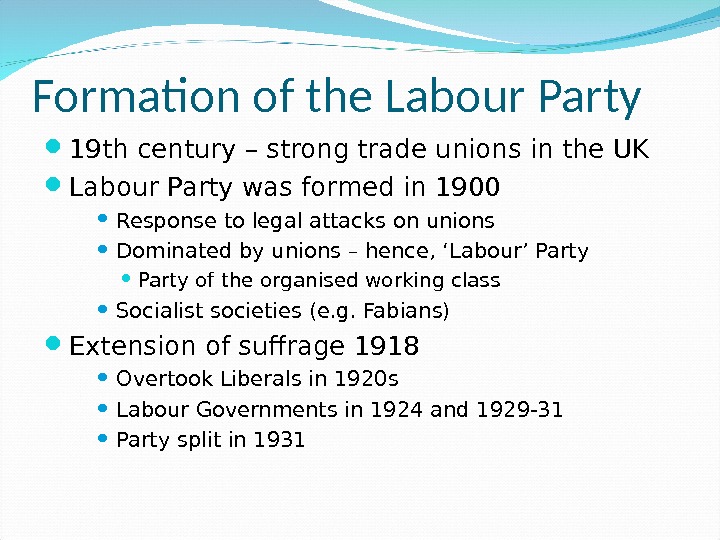
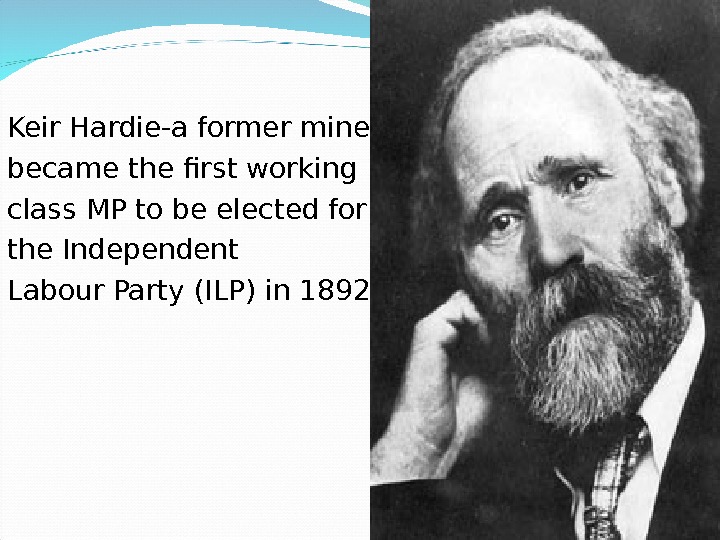

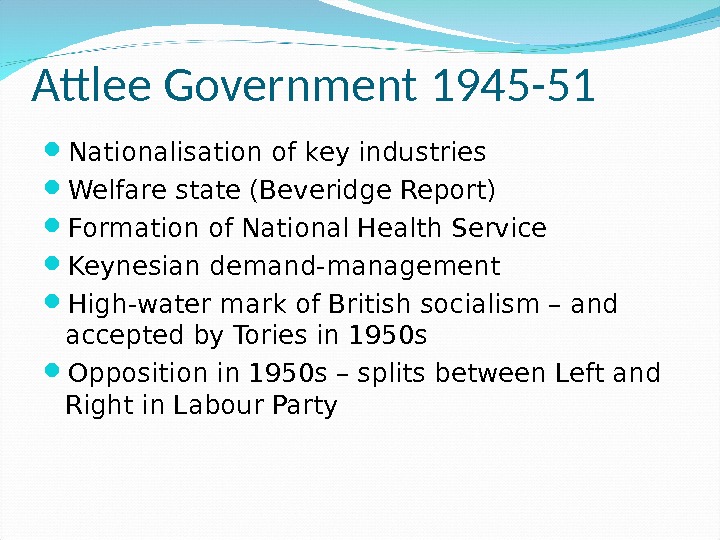
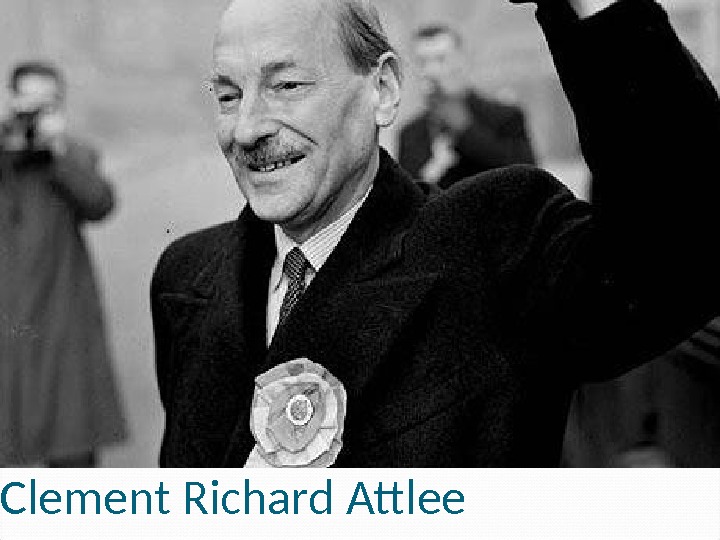

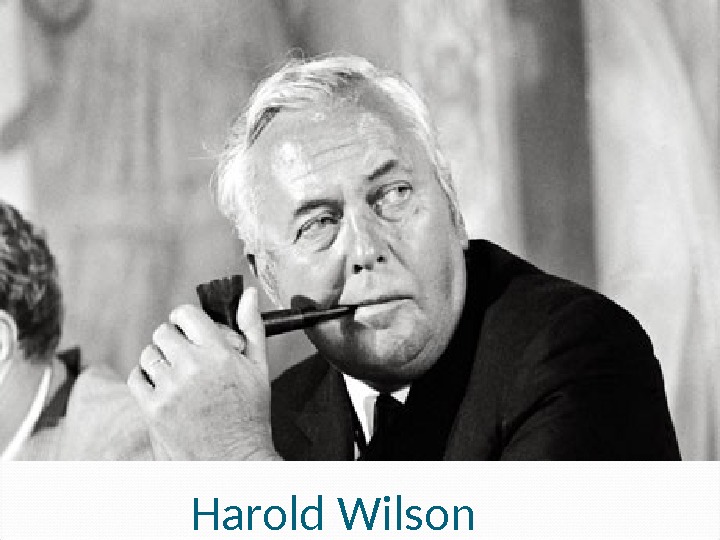
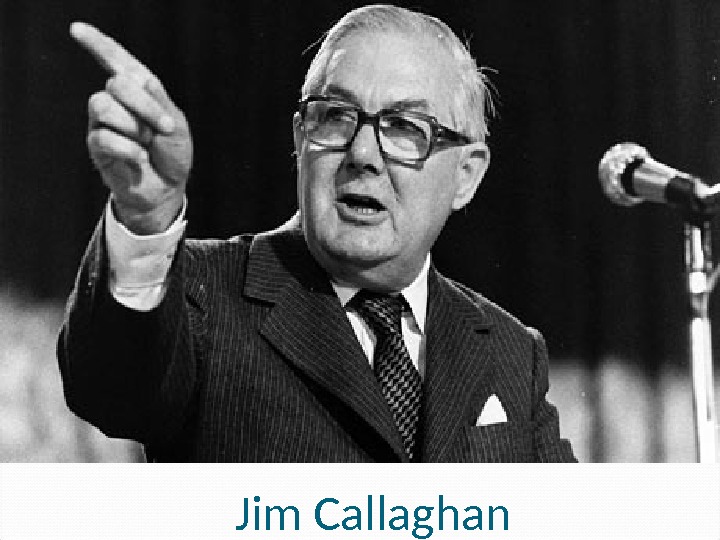
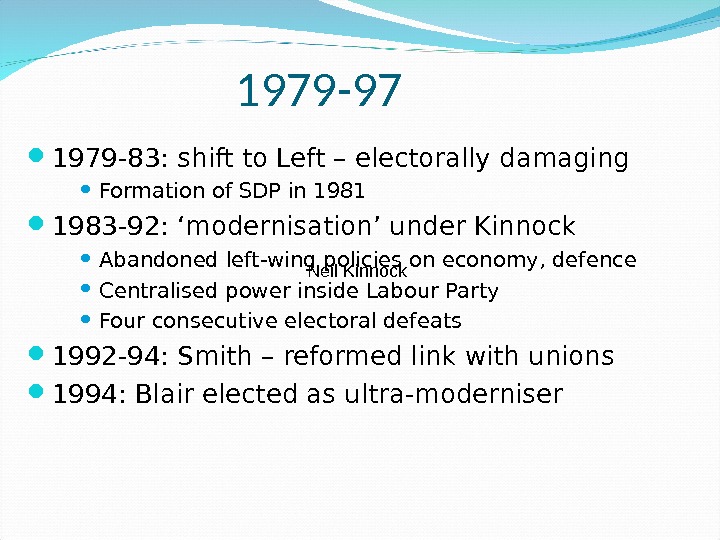
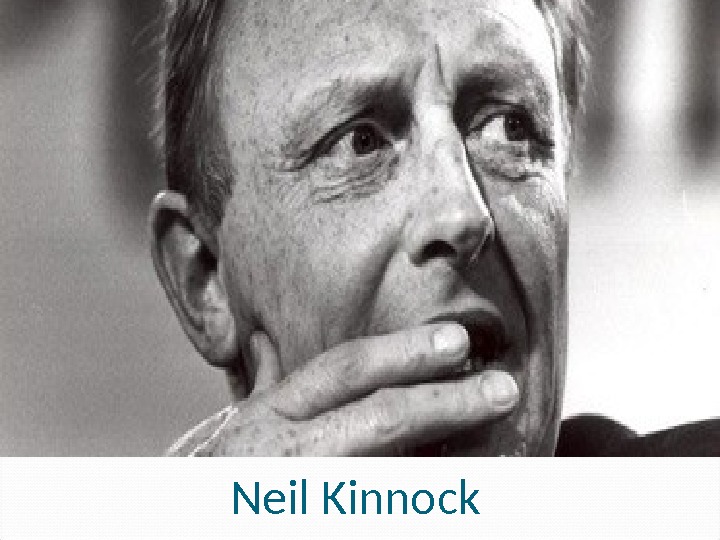
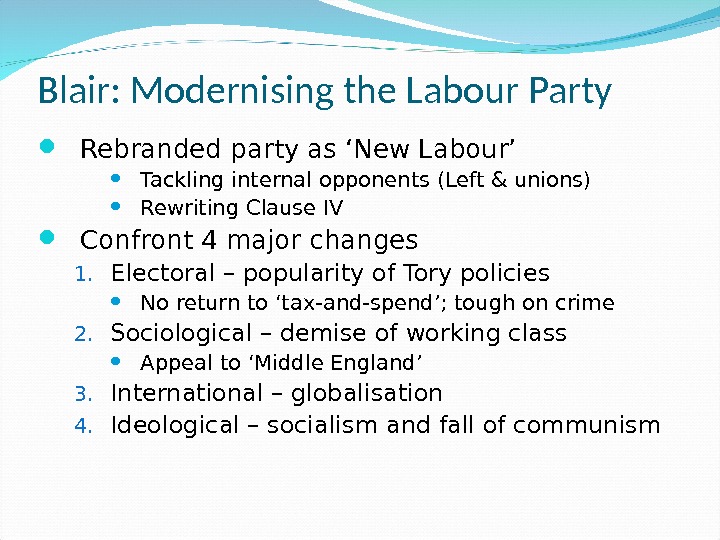
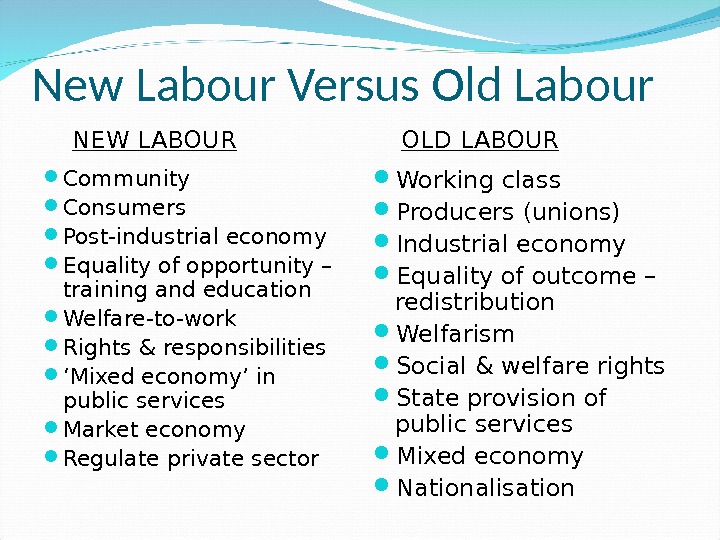
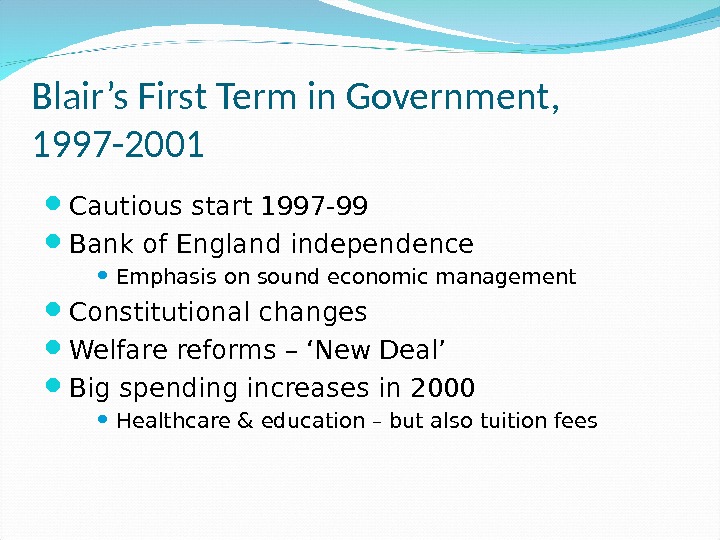
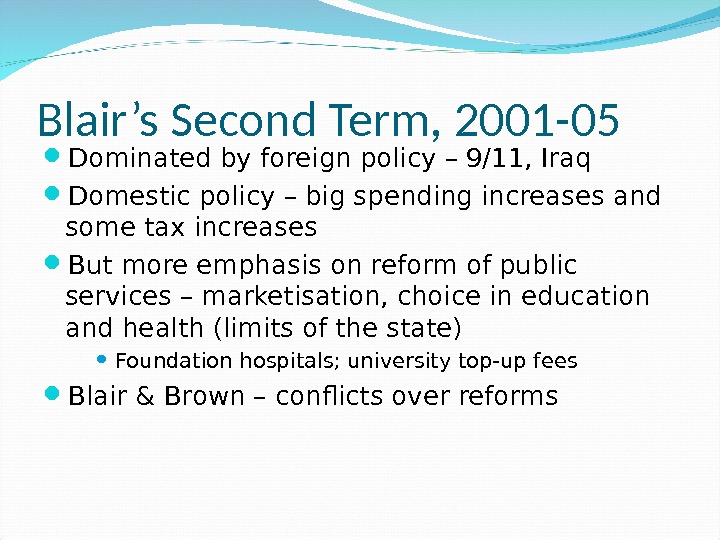
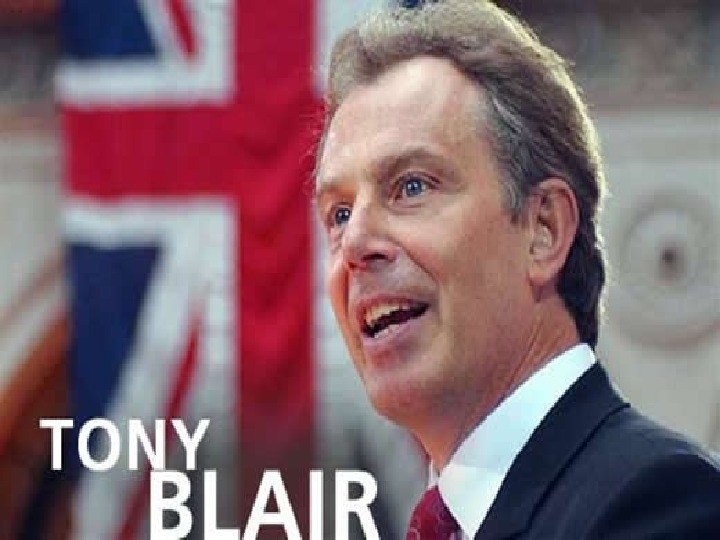
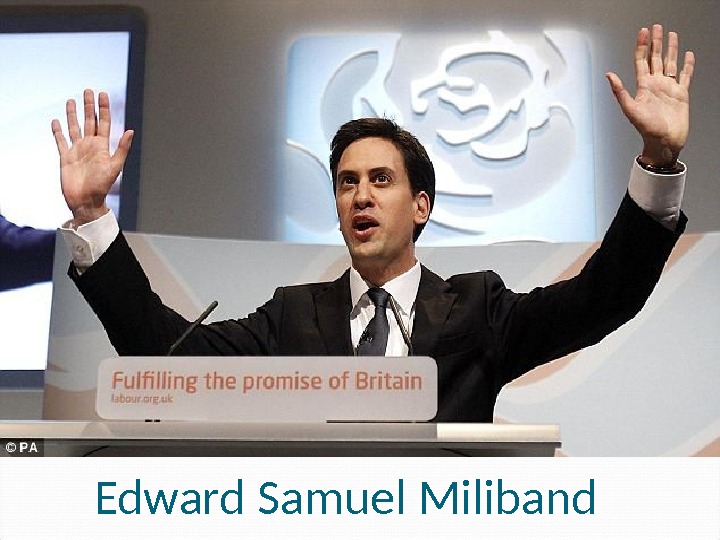
- Размер: 792.5 Кб
- Количество слайдов: 17
Описание презентации Formation of the Labour Party 19 th по слайдам

 Formation of the Labour Party 19 th century – strong trade unions in the UK Labour Party was formed in 1900 Response to legal attacks on unions Dominated by unions – hence, ‘Labour’ Party of the organised working class Socialist societies (e. g. Fabians) Extension of suffrage 1918 Overtook Liberals in 1920 s Labour Governments in 1924 and 1929 -31 Party split in
Formation of the Labour Party 19 th century – strong trade unions in the UK Labour Party was formed in 1900 Response to legal attacks on unions Dominated by unions – hence, ‘Labour’ Party of the organised working class Socialist societies (e. g. Fabians) Extension of suffrage 1918 Overtook Liberals in 1920 s Labour Governments in 1924 and 1929 -31 Party split in
 Keir Hardie- a former miner, became the first working class MP to be elected for the Independent Labour Party (ILP) in 1892.
Keir Hardie- a former miner, became the first working class MP to be elected for the Independent Labour Party (ILP) in 1892.
 Ramsay Mc. Donald- the first Labour Prime Minister
Ramsay Mc. Donald- the first Labour Prime Minister
 Attlee Government 1945 -51 Nationalisation of key industries Welfare state (Beveridge Report) Formation of National Health Service Keynesian demand-management High-water mark of British socialism – and accepted by Tories in 1950 s Opposition in 1950 s – splits between Left and Right in Labour Party
Attlee Government 1945 -51 Nationalisation of key industries Welfare state (Beveridge Report) Formation of National Health Service Keynesian demand-management High-water mark of British socialism – and accepted by Tories in 1950 s Opposition in 1950 s – splits between Left and Right in Labour Party
 Clement Richard Attlee
Clement Richard Attlee
 Labour’s Problems in Government: 60 s & 70 s Wilson Govenments 1964 -70 and 1974 -76 Economic recessions Dilemma: maintain high spending and redistribution – or target inflation? Conflict with unions Callaghan Govenrmnt 1976 -79 End of ‘tax & spend’ statist consensus ‘ Winter of Discontent’ 1978 -79 – wave of strikes that brought down Labour Govt
Labour’s Problems in Government: 60 s & 70 s Wilson Govenments 1964 -70 and 1974 -76 Economic recessions Dilemma: maintain high spending and redistribution – or target inflation? Conflict with unions Callaghan Govenrmnt 1976 -79 End of ‘tax & spend’ statist consensus ‘ Winter of Discontent’ 1978 -79 – wave of strikes that brought down Labour Govt
 Harold Wilson
Harold Wilson
 Jim Callaghan
Jim Callaghan
 1979 -97 1979 -83: shift to Left – electorally damaging Formation of SDP in 1981 1983 -92: ‘modernisation’ under Kinnock Abandoned left-wing policies on economy, defence Centralised power inside Labour Party Four consecutive electoral defeats 1992 -94: Smith – reformed link with unions 1994: Blair elected as ultra-moderniser Neil Kinnock
1979 -97 1979 -83: shift to Left – electorally damaging Formation of SDP in 1981 1983 -92: ‘modernisation’ under Kinnock Abandoned left-wing policies on economy, defence Centralised power inside Labour Party Four consecutive electoral defeats 1992 -94: Smith – reformed link with unions 1994: Blair elected as ultra-moderniser Neil Kinnock
 Neil Kinnock
Neil Kinnock
 Blair: Modernising the Labour Party Rebranded party as ‘New Labour’ Tackling internal opponents (Left & unions) Rewriting Clause IV Confront 4 major changes 1. Electoral – popularity of Tory policies No return to ‘tax-and-spend’; tough on crime 2. Sociological – demise of working class Appeal to ‘Middle England’ 3. International – globalisation 4. Ideological – socialism and fall of communism
Blair: Modernising the Labour Party Rebranded party as ‘New Labour’ Tackling internal opponents (Left & unions) Rewriting Clause IV Confront 4 major changes 1. Electoral – popularity of Tory policies No return to ‘tax-and-spend’; tough on crime 2. Sociological – demise of working class Appeal to ‘Middle England’ 3. International – globalisation 4. Ideological – socialism and fall of communism
 New Labour Versus Old Labour Community Consumers Post-industrial economy Equality of opportunity – training and education Welfare-to-work Rights & responsibilities ‘ Mixed economy’ in public services Market economy Regulate private sector Working class Producers (unions) Industrial economy Equality of outcome – redistribution Welfarism Social & welfare rights State provision of public services Mixed economy Nationalisation. NEW LABOUR OLD LABOUR
New Labour Versus Old Labour Community Consumers Post-industrial economy Equality of opportunity – training and education Welfare-to-work Rights & responsibilities ‘ Mixed economy’ in public services Market economy Regulate private sector Working class Producers (unions) Industrial economy Equality of outcome – redistribution Welfarism Social & welfare rights State provision of public services Mixed economy Nationalisation. NEW LABOUR OLD LABOUR
 Blair’s First Term in Government, 1997 -2001 Cautious start 1997 -99 Bank of England independence Emphasis on sound economic management Constitutional changes Welfare reforms – ‘New Deal’ Big spending increases in 2000 Healthcare & education – but also tuition fees
Blair’s First Term in Government, 1997 -2001 Cautious start 1997 -99 Bank of England independence Emphasis on sound economic management Constitutional changes Welfare reforms – ‘New Deal’ Big spending increases in 2000 Healthcare & education – but also tuition fees
 Blair’s Second Term, 2001 -05 Dominated by foreign policy – 9/11, Iraq Domestic policy – big spending increases and some tax increases But more emphasis on reform of public services – marketisation, choice in education and health (limits of the state) Foundation hospitals; university top-up fees Blair & Brown – conflicts over reforms
Blair’s Second Term, 2001 -05 Dominated by foreign policy – 9/11, Iraq Domestic policy – big spending increases and some tax increases But more emphasis on reform of public services – marketisation, choice in education and health (limits of the state) Foundation hospitals; university top-up fees Blair & Brown – conflicts over reforms

 Edward Samuel Miliband
Edward Samuel Miliband

